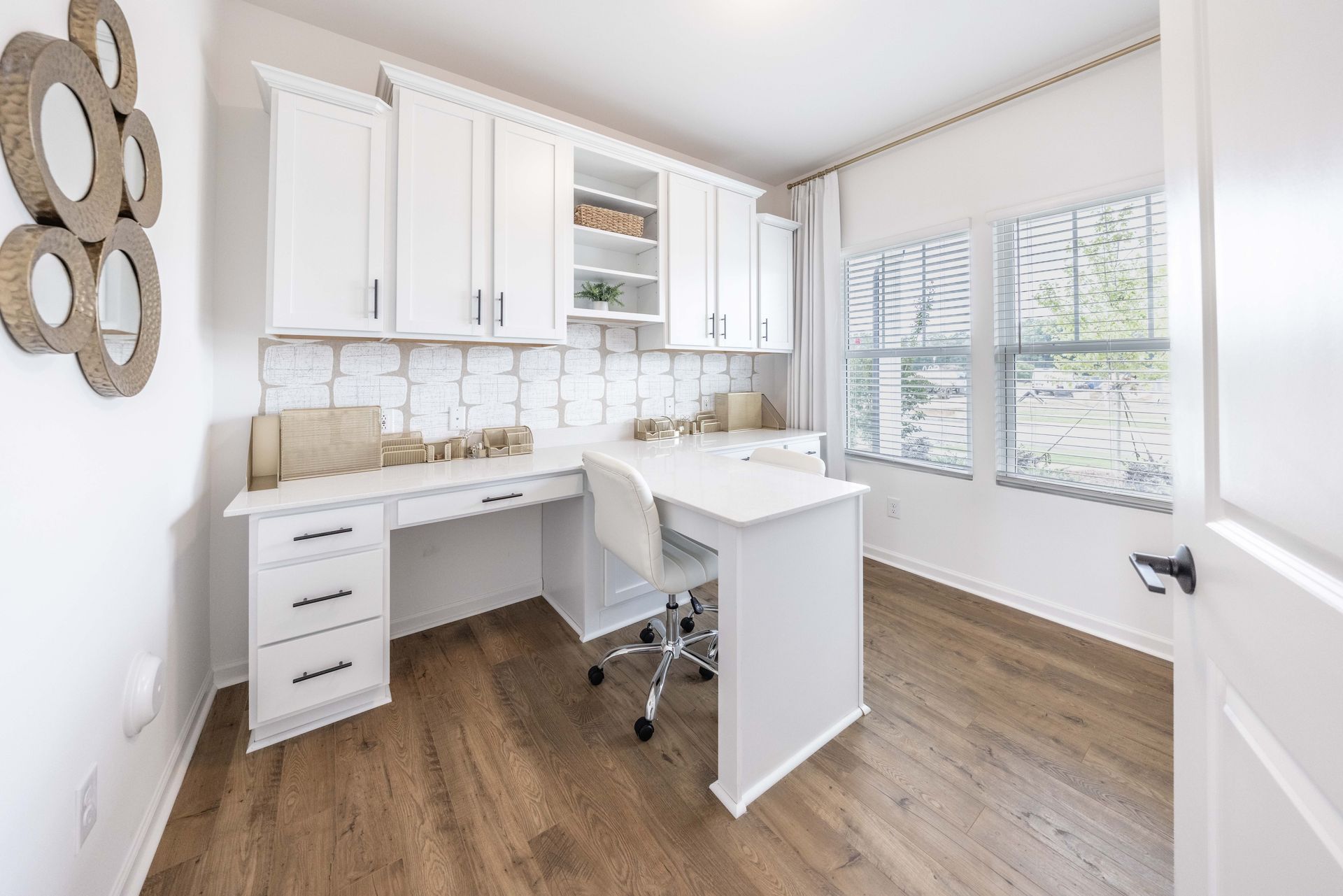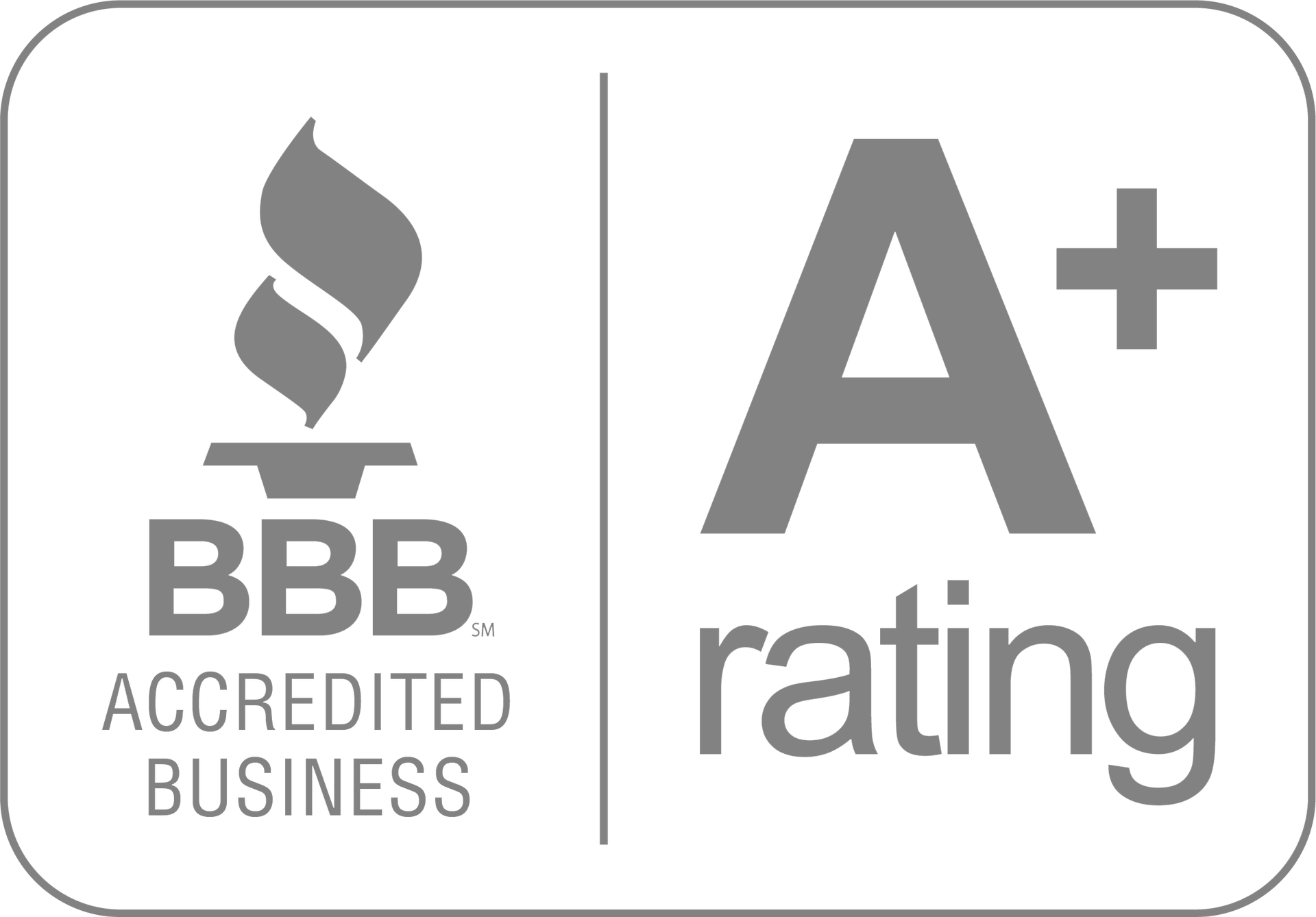Buying and Selling a Home at the Same Time: What You Need to Know
Many homeowners find themselves in a situation where they need to sell their current home and buy a new one simultaneously. This can create stress, uncertainty, and confusion. How do you line up for both transactions? What if your home sells before you’ve found another one, or worse, you find your dream home before your current house is sold?
You’re not alone; many homeowners are navigating this same tricky situation. The good news? With the right planning and support, it’s absolutely doable.
This guide breaks down the process in simple, practical terms. Whether you’re upgrading, downsizing, or relocating, understanding how to navigate these two transactions together will help you make smarter decisions and avoid any mistakes.
Key Takeaways
1. You need a plan.
Managing two major financial transactions requires structure and a timeline. You’ll need to coordinate closings, moving logistics, and finances carefully.
2. The market will influence your strategy.
Whether it’s a buyer’s or seller’s market affects how fast you can sell—and how competitive it is to buy.
3. The right team makes a big difference.
Agents, lenders, and homebuilders who understand this process can guide you through every step and help avoid delays or surprises.

Understanding the Basics
Let’s start with a few key terms regarding buying a home:
- Contingency: A condition that must be met for a real estate deal to go through. For example, a home sale contingency means you’ll only buy a new home if your current one sells.
- Bridge loan: A short-term loan that helps you buy a new home before your current one sells. It's a financial "bridge" between two transactions.
- Equity: The amount of your home’s value that you actually own. For example, if your home is worth $300,000 and you owe $200,000 on your mortgage, you have $100,000 in equity.
What to Consider Before You Start Your Home Search
1. Your Financial Position Before Purchasing a Home
Start by understanding how much equity you have in your current home. This helps determine what you can afford for your next home. If you need the equity from your sale for a down payment, you may need financing to “bridge the gap” (like a bridge loan or home equity line of credit).
- Tip: Talk to a lender early. They can show you what your buying power looks like and offer options based on whether you sell or buy first. True Homes works with 4 preferred lenders that we can team you with to find your best financing options.
2. The Type of Homebuying Market You’re In
In a seller’s market, homes sell quickly, sometimes within days. That’s good news for your sale, but buying your next home may be competitive.
In a buyer’s market, there are more homes for sale, giving you more options when buying, but it might take longer to sell your current home.
- Tip: Your strategy will change depending on market conditions. In a fast-paced market, you may need to make decisions quickly.
3. Risk and Timing When Buying a Home
The biggest challenge is timing. If you sell first, you might need temporary housing before your new home is ready. If you buy first, you’ll carry two mortgages until your current home sells.
- Solution: Some buyers use rent-back agreements (where you sell your home but rent it temporarily from the new owner) or new construction timelines (which offer predictability while giving you time to sell). There’s no one-size-fits-all answer. A good lender or real estate agent can walk you through these options based on your personal financial picture.
Market Conditions and What They Mean for You
According to Zillow, Ramsey Solutions, and Bankrate, timing and financing are the two biggest stress points when selling and buying at the same time.
- High-interest rates may affect how much home you can afford.
- Low inventory may mean fewer options when buying, but it could boost your selling price.
- Predictable timelines, like those offered by new construction homes, can help reduce uncertainty.
Step-by-Step: How to Buy and Sell a Home at the Same Time
Here’s a simplified roadmap to help you plan:
List of Services
-
Step 1: Check Your Equity and Get Pre-ApprovedList Item 1
Start by speaking with a lender. They’ll help you:
- Estimate how much equity you can use.
- Get pre-approved for your next mortgage.
- Explore financing options if you need to buy before you sell.
-
Step 2: Decide Which Comes First: Selling or BuyingList Item 2
Ask yourself:
- Do you need to use your home’s equity for the new purchase?
- Can you afford to carry two mortgages temporarily?
- Is the market moving quickly or slowly?
There’s no one-size-fits-all answer. Your real estate agent or builder’s sales team can help weigh the pros and cons.
-
Step 3: Build Your TeamList Item 3
You’ll need:
- A real estate agent (to list and sell your home).
- A lender (to handle your loan and finances).
- A builder or new home sales consultant (if you’re building with a company like True Homes).
Make sure your team communicates well and understands your timeline.
-
Step 4: Prep and List Your Home Write a description for this list item and include information that will interest site visitors. For example, you may want to describe a team member's experience, what makes a product special, or a unique service that you offer.List Item 4
-
Step 5: Begin Your Home Search or Build Process
If you’re buying an existing home, start shopping immediately.
If you’re building, it is time to select your lot and floorplan.
Why New Construction Can Help
New construction gives you more time to prepare your current home for sale and more flexibility in scheduling your move. Builders like True Homes offer predictable timelines and updates at each stage—from contract to completion—helping you avoid the rush and uncertainty that often comes with resale homes.
-
Step 6: Negotiate Contingencies and Flexibility
Depending on your situation, your contracts might include:
- A home sale contingency on your purchase.
- A rent-back agreement from your buyer.
- Flexible closing dates on your new build.
What’s a Home Sale Contingency?
This allows you to buy a new home only if your current one sells. It’s more likely to be accepted in a buyer’s market, and less likely in a competitive seller’s market.
-
Step 7: Coordinate Closings and Move Logistics
Try to align your sale and purchase closings within a few days of each other. If they don’t line up perfectly, plan for:
- Temporary housing (family, short-term rentals).
- Storage solutions for furniture.
- Moving services that offer flexible scheduling.
Final Thoughts
Selling and buying a home at the same time isn’t easy, but it is manageable. With a clear understanding of the process, a smart financial plan, and the right support team, you can move from one home to the next without major disruptions.
Thinking about building your next home?
You deserve a move that feels exciting, not exhausting. Whether you are upsizing, downsizing, or starting fresh, True Homes is here to make your next chapter as stress-free as possible. Contact our sales team today to get started on your next chapter.
Frequently Asked Questions
Q: What if my house doesn’t sell on time?
A: Talk to your agent about contingencies or rent-back options. Builders like True Homes often offer flexible timelines to help.
Q: I’m worried about being homeless in between closings. What are my options?
A: Temporary housing, storage services, or timing flexibility in new builds can make the transition smoother than you think.





